We've paired up with Goat Cheeses of France to show you how to use a variety of French goat cheeses in a different dishes.
Today: Be still, bleating—er, beating—hearts.
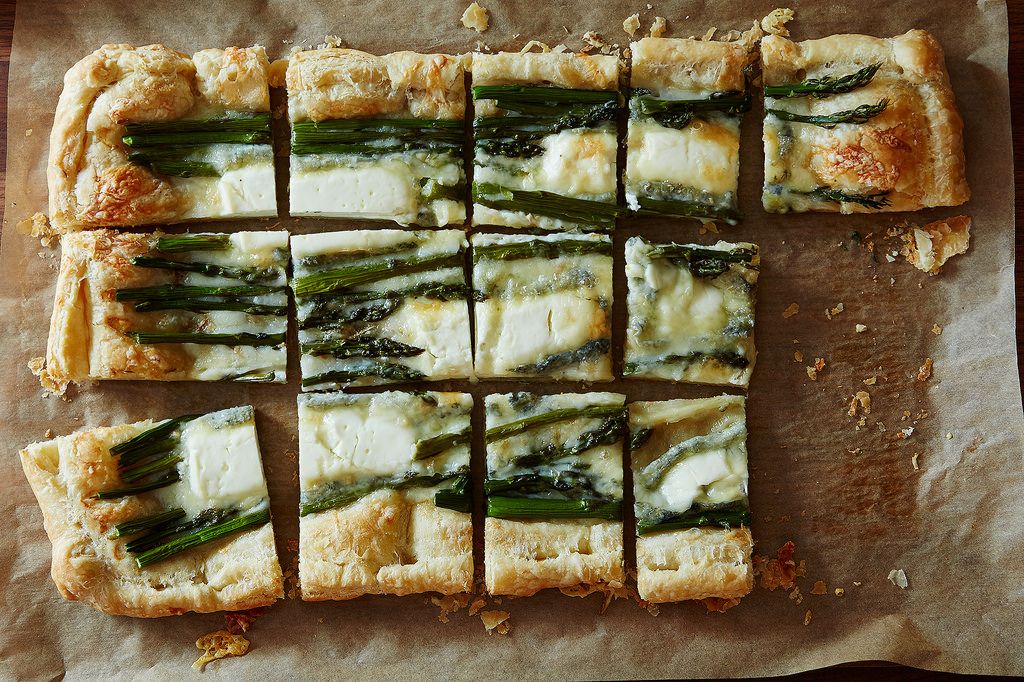
The simplicity of a tart is its best quality. Crust, whether rustically-shaped or perfectly laid into a pan, is basically a blank canvas to experiment with each season's best produce, and the options to make one your own are plentiful (plus, it's an easy way to clean out the fridge of your leftover farmers market scores). Goat cheese, in its many forms, is an ideal bedfellow to summer fruits and vegetable—it's tang and creaminess mellows when baked, or it can bring out layers of flavor when sprinkled chilled atop beets or berries. If you like a little something new each time, give your next goat cheese tart a little personality with one of these five tips:
Go sweet or savory.
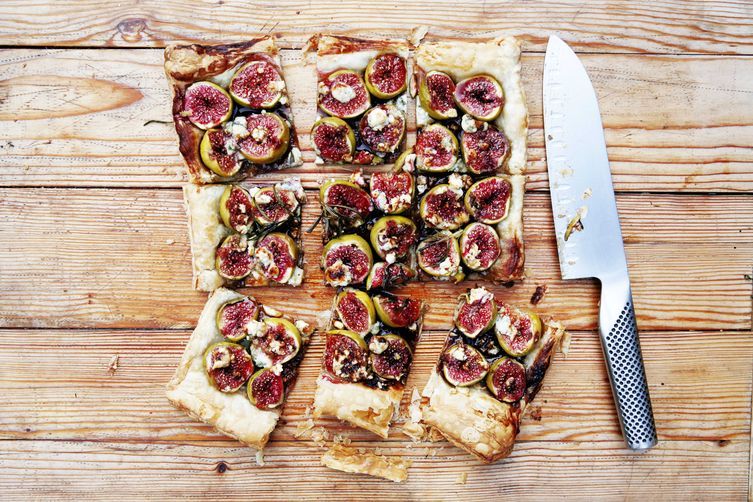
Both fruits and vegetables mingle well with goat cheese. The deep, rich flavors of this fig tart benefit from any sort of fresh chèvre, like Petit Billy, crumbled on right before it hits the oven (especially if the recommended blue cheese isn't your thing). If you are a stonefruit lover, try a topping combination of apricot and caramelized onion, and if you want to leave the sweet out of it, shallot and walnut or leek and bacon are savory and filling.
Mix and match cheeses.

Goat cheese is so much more than the sad, squishy log you often see in your grocery's cheese section. The varieties have drastically different textures, shapes, and tastes depending on their age, which region they're from, and how they're stored. You can easily combine a few in a tart for complementing flavors. In this asparagus tart, we grated Tomme de Chèvre Bethmale to cover the bottom and layered on ash-rinded Sainte Maure de Touraine in a grid with asparagus. It has a golden, flaky crust, the brightness of asparagus, and packs a whollop of different goat cheese flavors (in a good way!).
Try different crusts.
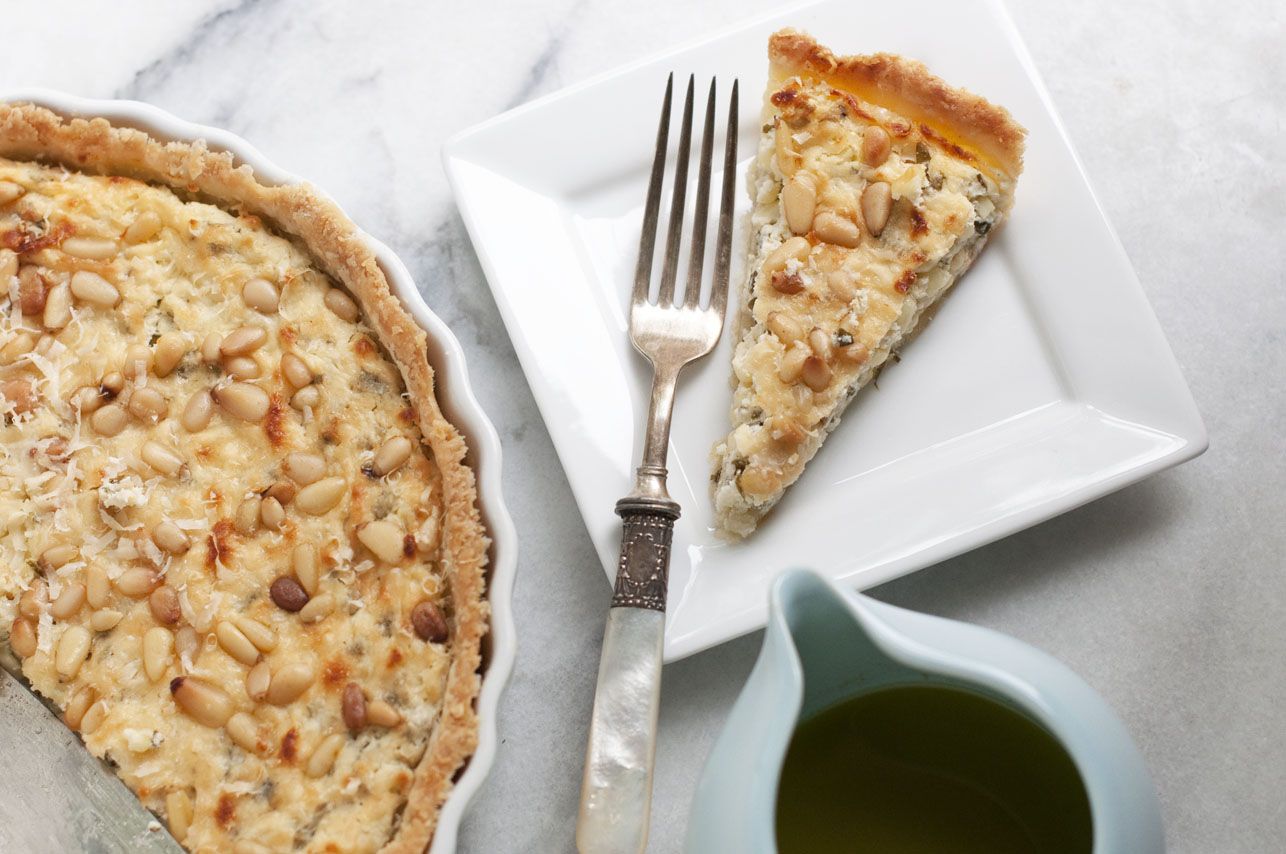
Whether flaky like pie dough and puff pastry, or made by simply combining flour, salt, and butter, crusts can define the direction of your tart. This corn, lemon, and basil tart—in which goat cheese is combined with a filling of egg yolk and cream—is in a pressed crumb crust, but you could make it a number of other styles, like a cornmeal crust or pâte brisée.
Top it off with cheese—or layer some in.
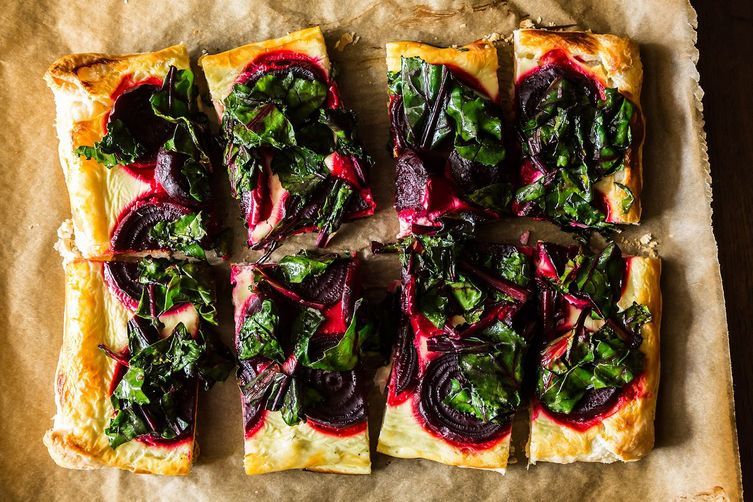
A little cheese is always a welcome finish for a flaky, golden tart. This beet version, topped with its own greens, is the best vessel for the extra bit of goat cheese you have left over from preparing it, and you could try adding a few paper-thin pieces of Florette or French Goat Brie to this leek and mushroom galette instead of grating parmesean over it. Alternately, if you want a cheesy surprise after biting into one of these mini pissaladières, slice thin wheels of Bûcheron or Bûcherondin and add it in before the caramelized onions.
Remember to save some for lunch the next day.
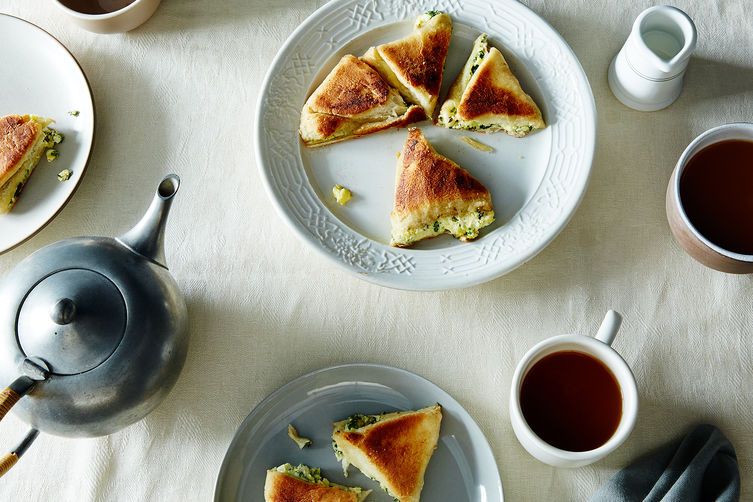
One of the best parts of baking a tart is that they generally save well for later and taste just as delicious at room temperature (and sometimes chilled). Khachapuri are savory pockets of goodness that are recommended eaten hot and reheat a couple of days later just as well. This corn and spring onion tart calls for ricotta, but fresh Le Cornilly could be dolloped in instead, and the whole thing served hot or cold.
First and third photos by Mark Weinberg, second and fourth by Phyllis Grant, and fifth and sixth by James Ransom
We've paired up with Goat Cheeses of France to show you how to use a variety of French goat cheeses in a different dishes.







See what other Food52 readers are saying.